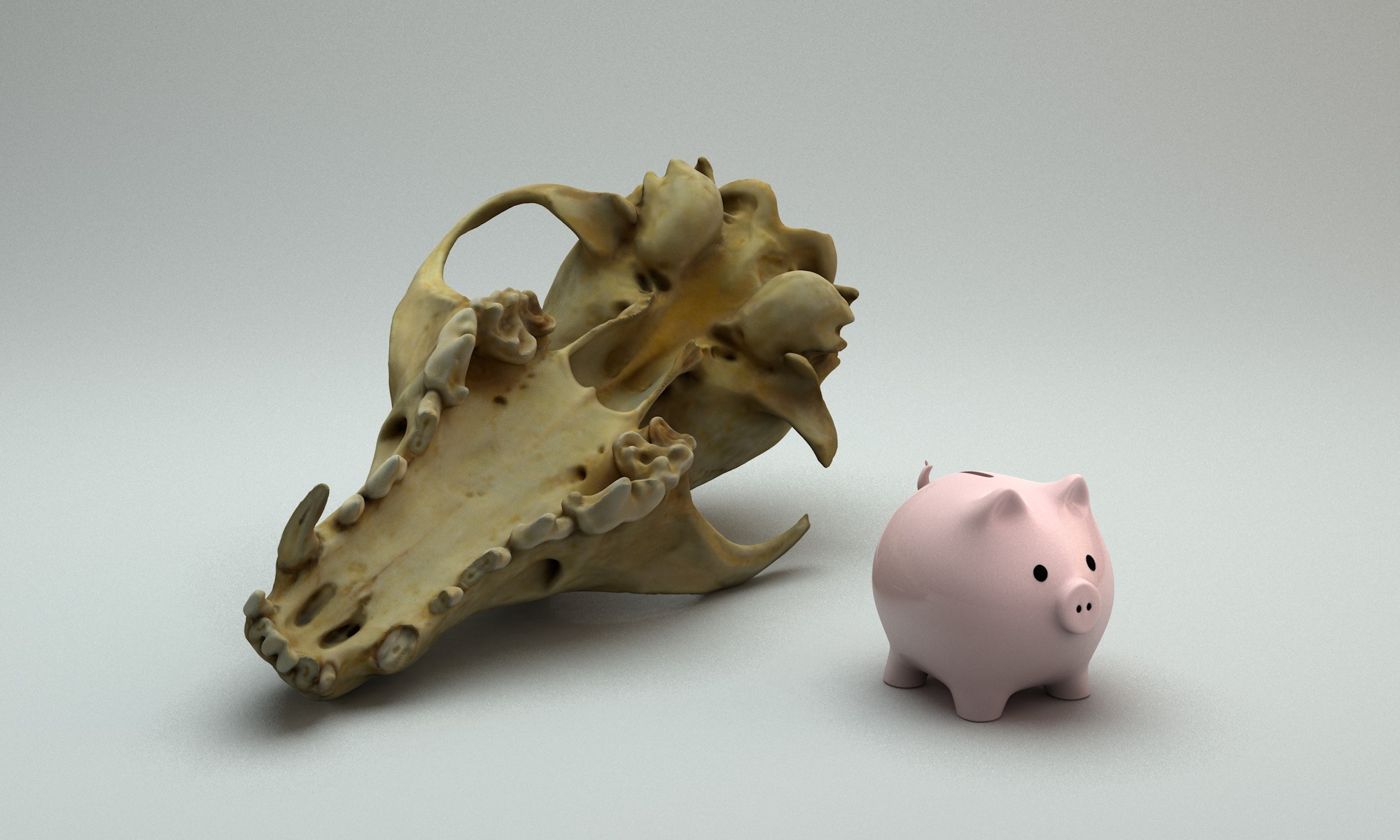Countless stories have been handed down to us over the years about artists vying with each other to see who was more successful at playing tricks on the senses. Let us take just one well known example from the many anecdotes:1 the artist Parrhasios observed some sparrows flying in to peck at a bunch of grapes depicted so realistically in a mural painted by his fellow artist Zeuxis. Later he invited Zeuxis into his atelier to show him that he, too, was a master of this art. Once inside Parrhasios’s studio, Zeuxis reached out to draw aside the curtain that was apparently concealing the other’s picture, only to realize that what he thought was a curtain was no curtain at all, but indeed the picture itself. While the skill of one artist had succeeded in tricking the birds, the skill of the other was capable of tricking even a fellow professional. The wealth of evidence, anecdotal or otherwise, testifying to the deceptive effects of pictures on animals and human beings is undeniable; trompe l’oeil curtains achieved great popularity in 17th century art and even in our own times the photorealistic painting of the 70s was a response to the public demand for this kind of optical subtlety considered the highest form of artistic mastery. This style has always sought to emulate nature even in its finest detail and has striven to overcome the distinction between illusion and reality.
Continue reading “Aspects of Stereoscopy”
Two eyes do see more than one.